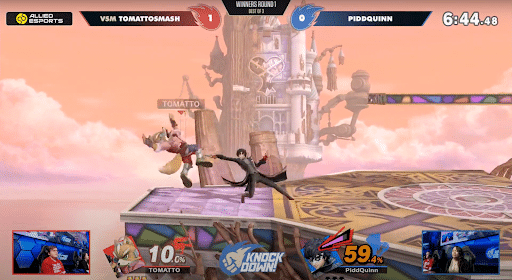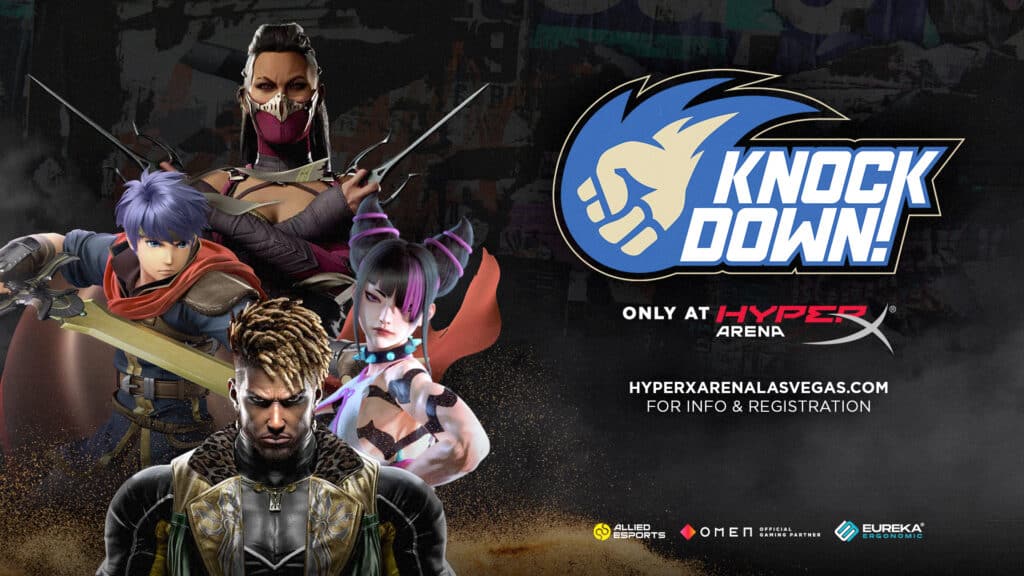
How to Learn a New Character in Smash Ultimate
Learning a new character in Smash Ultimate has always been an exciting experience—not just for viewers but also for me. It’s refreshing to start from scratch and embrace the challenge of mastering someone new. However, it’s not always an easy task. Today, I’ll guide you through learning a character in Smash Ultimate, taking you from the very beginning to a solid foundation—whether you’re preparing for a tournament or just looking to dominate your friends. Let’s dive in!
Step 1: Get Familiar with the Character
This is the foundation of everything. Without it, later steps might be harder to grasp. Start by exploring your character’s basic mechanics and moves. Head into practice mode and test everything: How fast is your character? How do they move in the air? What are their best moves? Do they have unique techniques?
For example, when I learned Mega Man, I spent three days figuring out how Crash Bomber works, testing its knockback and writing notes. Without this research, I would’ve struggled to use it in combos. Similarly, some characters have unique tools like Peach’s float cancel or Link’s bomb recovery. Understanding these mechanics early on is crucial. Watching guides, studying top players, and using resources like Ultimate Frame Data can also help.
Step 2: Learn the Movement
Movement is all about controlling your character with precision. This includes understanding ground speed, fall speed, and jump height while also incorporating moves into your movement. For instance, Cloud players often use his back air to pressure opponents on the ledge, but it’s not just about spamming the move—it’s about timing it right and utilizing platforms effectively.
Practice turning around, spacing your recovery, and mastering character-specific techniques like Peach’s float cancels. Think of this step as speedrunning: the more control you have over your character, the fewer hits you’ll take.
Step 3: Learn Basic Combos
Start simple. Many players focus on flashy combos too early, but at the beginning, you only need a few bread-and-butter combos—basic two- or three-hit strings, throw combos, and kill confirms. Some characters rely heavily on combos, like Kazuya and Luigi, but even they don’t always have access to their zero-to-death options.
For example, if you’re learning Link, focus on straightforward combos like Boomerang → Fair or Nair → Up-B instead of advanced loops. Make sure your basic combos connect consistently and practice them against different character sizes.
Step 4: Understand Neutral
Neutral is one of the hardest parts of the game. It’s all about finding openings while outplaying your opponent’s mind games. For example, as Link, you could throw a remote bomb and either detonate it or leave it untouched to bait your opponent into making a mistake. Every matchup is different, so you need to adapt.
Take notes on matchups. What works against one character might not work against another. For instance, Link’s neutral air is a fantastic move but struggles against Game & Watch’s up-special. In such cases, switch to moves with more range, like forward tilt or up tilt. Watch top players and analyze how they find openings and avoid getting hit. Ask yourself: How did they land their hits? How did they avoid getting punished?
Step 5: Improve Your Advantage
Advantage isn’t just about combos; it’s also about keeping your opponent in bad positions. For example, when your opponent is offstage, your goal might be to edge guard or ledge trap them. Different characters excel in different ways.
Take Mega Man, who can keep opponents airborne with his up air, or Cloud, who can pressure with his long-range down air. Explore what your character can do to maintain advantage and keep your opponent from resetting to neutral.
Step 6: Improve Your Disadvantage
Disadvantage is tough to practice but essential to master. This step involves learning how to escape bad situations like being juggled or recovering offstage. Write down your options and habits—for example, if you tend to roll from the ledge too often, you’ll need to mix it up.
Certain characters have better disadvantage states than others. For example, Zero Suit Samus has excellent recovery options, while Little Mac struggles immensely offstage. Recognizing your habits and adapting to different matchups will help you climb out of disadvantage more effectively.
Step 7: Refine Your Gameplay
Once you’ve mastered the basics, it’s time to level up. Start practicing advanced techniques, like Diddy Kong’s pop gun cancels or harder combos that maximize damage. The goal is to incorporate these into your neutral game and find opportunities to use them effectively.
Remember, advanced combos don’t work against every character, so continue studying matchups and adapting your game plan. The process of learning never truly ends, but with practice, you’ll see significant improvement.


